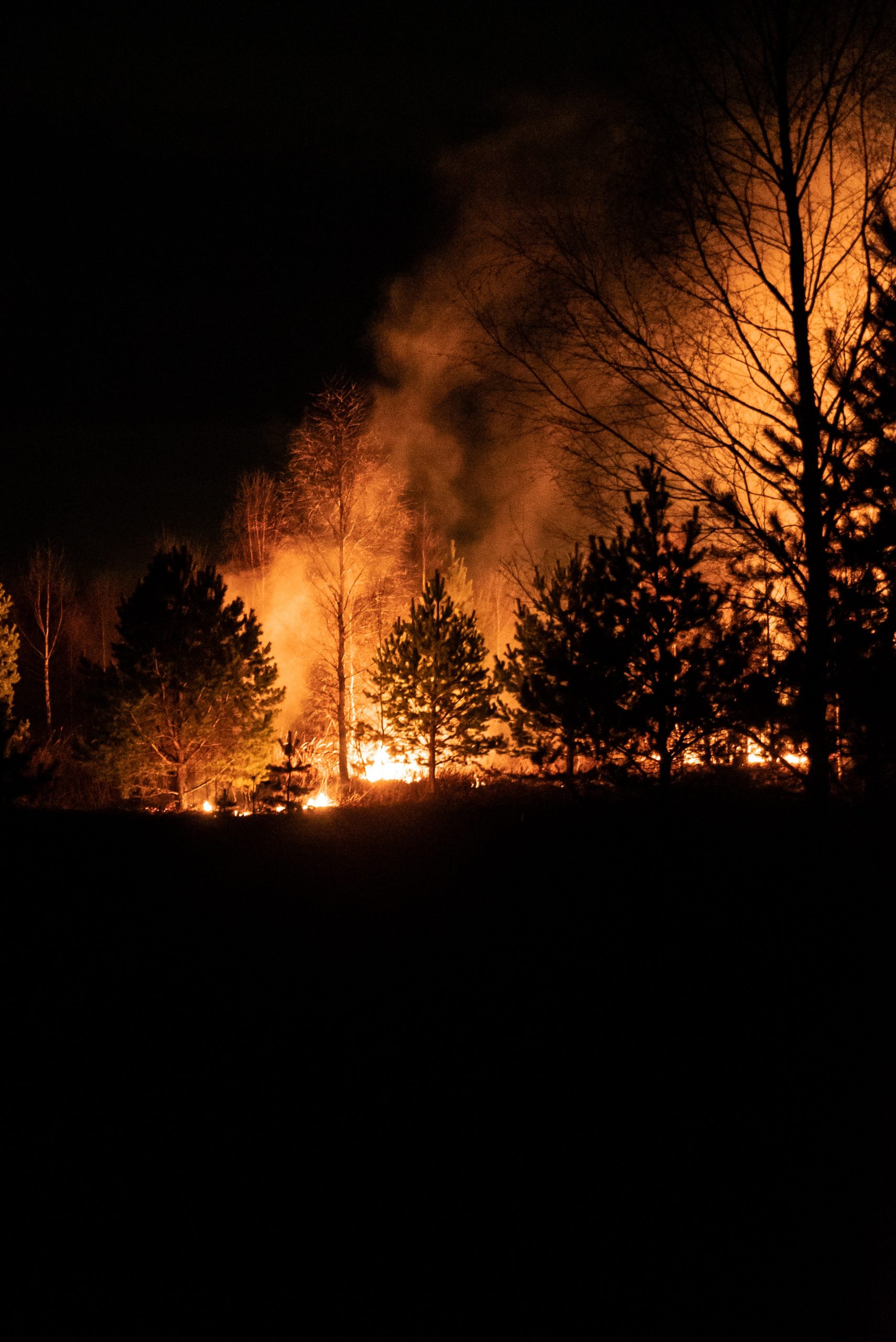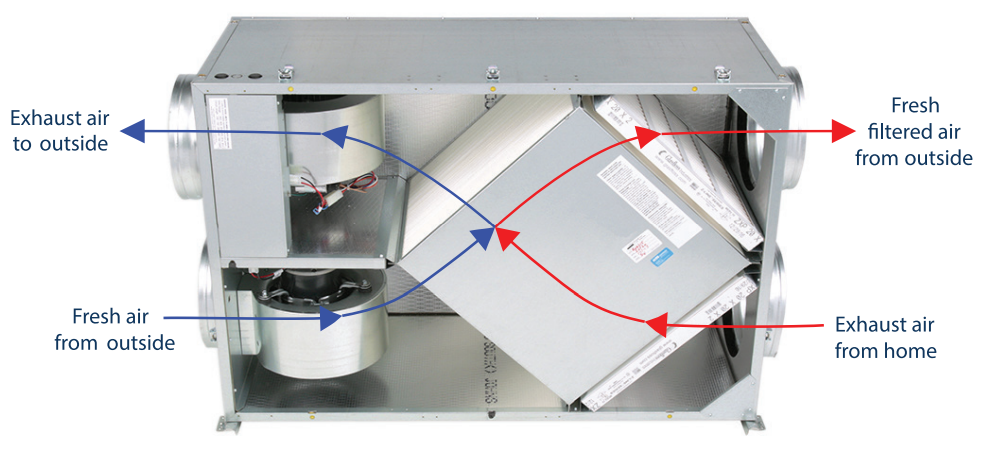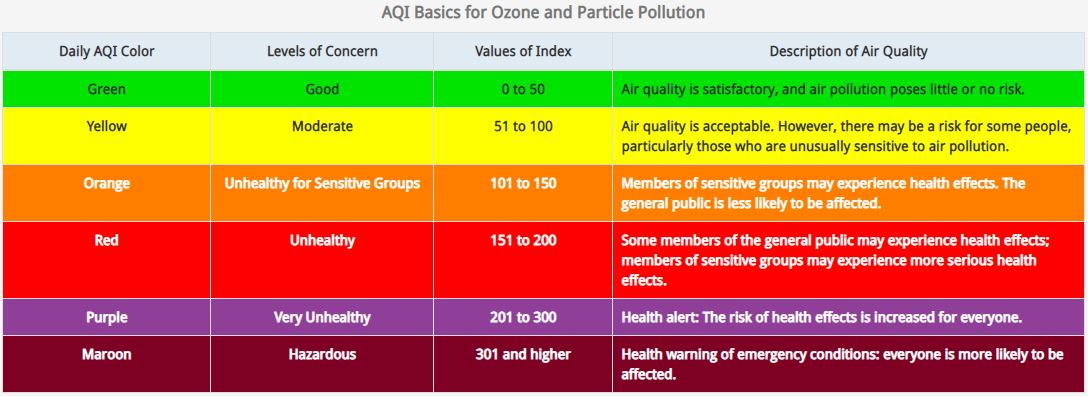Taking precautions: What to do if your home is spared from a fire, but still smells like smoke
Taking precautions: What to do if your home is spared from a fire, but still smells like smoke
We at HypoAir sincerely hope that you and your family have not been forced out of your home by any of the recent wildfires. Even if your home is spared from fire, if it is in close proximity, danger from lingering smoke particles is a real concern that you should know about and take precautions against. You may know that smoke is a combination of ultra-fine particles and gasses, both of which can be toxic. The gasses may be swept away by “airing out” your home or using activated carbon filters, but the particles settle into dust that can be disturbed anytime you clean or even when the HVAC comes on.
A study was born in the weeks after the Marshall Fire, which occurred in the Boulder area in December 2021. It spread very quickly and destroyed more than 1,000 homes and buildings. Those that were near the flames but not burned, like the home of air quality scientist Christine Wiedinmyer, smelled like “the day after a campfire” and had ash on the door and window sills. (Study finds potentially harmful chemicals lingered in homes affected by Marshall Fire) Without testing, she did not know whether it was safe for her (or the neighbors who asked) to return to their homes. So, she became part of a team of expert scientists who tested four homes in the area (including hers) in order to determine what toxins may have been left behind.
The scientists collected samples of particles of dust in the air and on surfaces in January and February 2022. Elevated concentrations of potentially harmful materials like polycyclic aromatic hydrocarbons (PAHs) were detected in the dust samples. PAHs are considered carcinogens by the Environmental Protection Agency, and it’s chemicals like these that deserve extra precautions in the way residents return to and clean their homes.
When the scientists set up their equipment in the homes, they took dust samples from windowsills and used monitors to track particulate matter in the air, minute-by-minute. The floating particles of ash produced by the fire seemed to settle out of the air in these houses within a day or two, but the dust that Wiedinmyer had seen on her windowsills lingered. In February, the researchers took measurements as a six-person cleaning crew entered one of the homes to vacuum and mop. The concentrations of particles in the air nearly doubled during that time. Overnight in the same house, the team saw airborne particles spike about once every 20 minutes—likely due to the home's HVAC system switching on and off. (Study finds potentially harmful chemicals lingered in homes affected by Marshall Fire)
For this reason, the scientists recommend wearing a mask when you’re cleaning up fire damage, because human activity like cleaning resuspends the dust in the air, making it easy to breathe in. Also, be sure to change your HVAC filter more frequently during the first few months after cleanup, and only use true HEPA vacuum cleaners, so exhaust from the vacuum cleaner will not blow dust back into the air. Wiedinmyer herself “aired out” the home for a week before re-entering to clean. During this time and going forward, a standalone HEPA filter would be very useful to filter particles that are missed by the HVAC system (if you have one!). Our Germ Defenders, Mobile Air Angels and Whole Home Ionizers help to ionize and agglomerate dust, making it easier for the filters to trap it.
Another part of the aftermath of wildfires is dealing with contamination to drinking water systems. According to NPR for northern Colorado, The fire damaged six public drinking water systems, and toxic chemicals leaked into pipes from damaged homes and into hydrants where low water pressure created vacuums that pulled the compounds into the distribution system. Although the personnel in these districts were not all clear on how and where to test, they were eager to do so when experts who had managed similar disaster response teams educated them. Andrew Whelton, a professor of civil, environmental and ecological engineering at Purdue University, has taken part in several water disaster recoveries, including the 2017 Tubbs Fire and the 2018 Camp Fire in California, the Joint Base Pearl Harbor-Hickam contamination, and a chemical spill in West Virginia. In a study he co-authored, he said that although the Marshall Fire response was not perfect, major crisis was averted because authorities did not refuse to test. (Sadly I think many of us can recall other disasters that did not go so well).
There were a couple reasons that contaminants were introduced into these drinking water systems. First, when a system loses pressure, toxins like wildfire smoke can get sucked into the distribution system. Second, overheated plastic pipe can leach benzene and other chemicals for months or even years. According to Whelton’s research, plastic pipes were primed to leach chemicals by temperatures as low as 392 degrees Fahrenheit; wildfires can exceed 1,400 degrees. Thirdly, flushing out the system quickly with clean water is important to prevent smoke and chemicals from reaching damaged pipe, which can act as a reservoir for such toxins.
If your home survives a fire in the future, remember that unseen dangers like carcinogens may still linger and you need to take caution with your air and your drinking water. Although it seems that authorities in the Boulder area were for the most part very proactive for public health during the Marshall Fire response, it’s usually up to individual residents in wildfire-prone areas to have stores of masks, filters and clean drinking water. We hope you don’t have to go through such a catastrophe, but it certainly doesn’t hurt to be prepared.
UPDATE: Another professor, Delphine Farmer from Colorado State University, wrote a followup article explaining smoke and VOC behavior in a test house during the Chemical Assessment of Surfaces and Air, or CASA, study in 2022. She found that VOCs that entered a home are adsorbed into surfaces and while they may temporarily clear by opening doors and windows (“airing out”), they quickly built up again after ventilation stops, and the house would slowly release those VOCs back out over the next hours, days or even months, depending on the type of VOC. They found that air purifiers can remove only some of the VOCs that are in the air – they can’t clean the VOCs on your floors or in your walls. They also work only when they’re running, and even then, air purifiers don’t work particularly well to reduce VOCs.
The good news is that basic household cleaning–vacuuming, dusting and mopping with a commercial, nonbleach solution–removed most of the VOCs. This means that while you’re cleaning for particles, VOCs are also removed. Check out our article on Tackling Dust in Your Home for our recommendations on appliances and cleaning products to get ‘er done, but don’t forget to add the personal protective gear mentioned above, as well!
Photo by Egor Vikhrev on Unsplash





